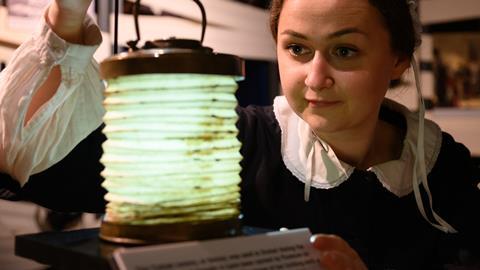London is full of great museums of all sizes and these celebrate important historical figures and famous people from the past across everything from the arts to the sciences.
1. Sherlock Holmes Museum
Perhaps the world’s most famous fictional detective? It’s hard to argue otherwise. You will find The Sherlock Holmes Museum at 221B Baker Street, London, the address where Sherlock Holmes resided in the stories by Sir Arthur Conan Doyle.
The Georgian townhouse dates back to 1815, and the museum building is listed to protect its architectural and cultural heritage.
Guides in period costumes welcome groups in to Holmes’ study, complete with his pipe and deerstalker hat, for an introduction. Visitors can then explore the rest of the museum on a self guided visit. There is no maximum limit on group sizes; however only 15 can enter smaller rooms at once.
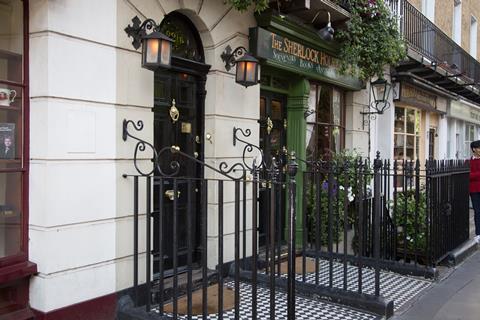
2. Benjamin Franklin House
Benjamin Franklin House at 36 Craven Street is the world’s only remaining home of the scientist, inventor, writer and founding father of the United States.
Franklin lodged at the address from 1757 to 1775 and the five-storey townhouse retains some of its original Georgian features and the historic rooms have been combined with live performance, sound and projections.
Artefacts, including Franklin’s wallet and human bones excavated in the basement are on display. Private tours from Monday to Thursday are available upon request.
3. Florence Nightingale Museum
Located in the grounds of St Thomas’ Hospital, the Florence Nightingale Museum celebrates the life and work of arguably the best-known figure in nursing history.
Visitors can discover Nightingale’s childhood, her work during the Crimean War and how she campaigned for better healthcare for ordinary people. The actual lamp she carried, which earned her the nickname ‘The Lady With The Lamp’, is also on display, along with Florence’s medicine chest.
A range of options are available for groups, including self-guided visits, museum tours, costumed Florence Nightingale tours and evening visits. Groups with ten or more people must book in advance.
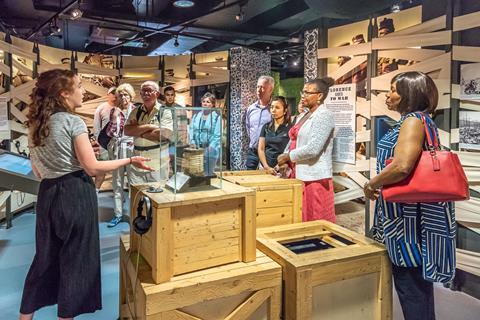
4. Freud Museum
The Freud Museum, the final home of Sigmund Freud, is located at 20 Maresfield Gardens.
The founder of psychoanalysis and his family came to England as refugees after escaping Austria following the Nazi annexation in March 1938. Freud’s study has been preserved as it was during his lifetime, including his original psychoanalytic couch.
The house is also filled with memories of Sigmund Freud’s daughter, Anna, who lived in the house for 44 years and continued to develop her psychoanalytic work, especially with children. The Anna Freud room depicts aspects of her work and character, along with personal documents.
The entire museum can be booked for group visits, with exclusive access to the house and garden, and can be facilitated by a subject expert.
5. Handel Hendrix House
Explore the homes of two very diverse musicians with one discounted admission ticket to Handel Hendrix House.
George Frideric Handel lived at 25 Brook Street from 1723 until his death in 1759. It was here he wrote his greatest works.
The restored historic rooms include his bedroom and the dining room in which he rehearsed his musicians and singers - often giving informal recitals for friends and neighbours.
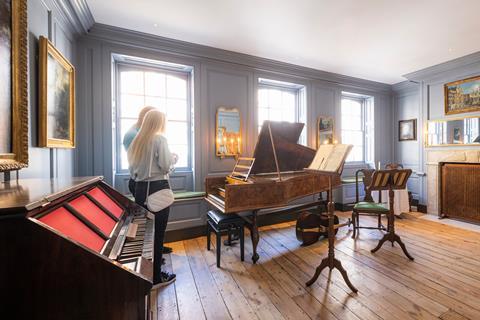
In 1968, guitarist, songwriter and singer Jimi Hendrix moved into an adjoining flat at number 23.
The main room of the flat was where he lived, entertained friends, rehearsed and wrote new music. It was also where he gave numerous press and media interviews.
The space has been restored to its former glory and features items from Hendrix’s life, including an accoustic guitar, and newspapers.
A permanent exhibition introduces Hendrix’s place in the musical and social world of 1960s London, his influences and his legacy and can be explored during a visit to the museum.
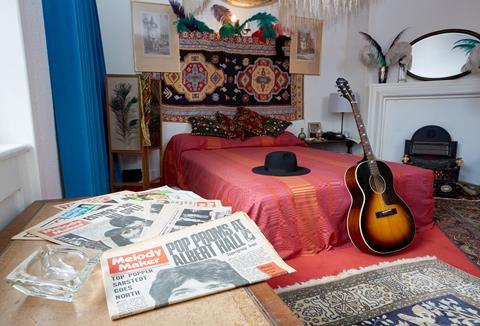
6. Charles Dickens Museum
Charles Dickens Museum is situated at 48 Doughty Street, Dickens’ London home from 1837-1839 where he finished writing The Pickwick Papers, wrote Nicholas Nickleby and most famously, Oliver Twist.
Spread over five floors and laid out as it may have looked when Charles Dickens lived there, the museum appears as a fairly typical middle-class Victorian home, complete with furnishings, portraits and decorations which are known to have belonged to the author.
Groups of up to 45 people are welcome at the museum but must book at least a month in advance. Up to 15 people can enter the house at one time and larger groups will be split up across timeslots.
Guided group walks are also available, exploring the streets and alleyways where many of Dickens’ greatest novels unfolded.
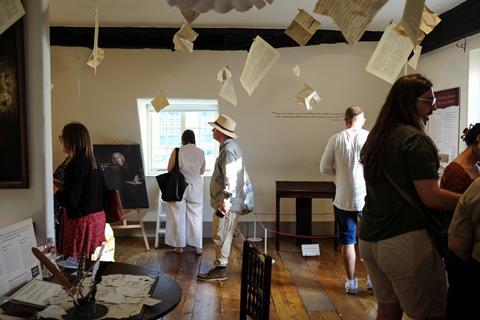
7. Dr Johnson’s House
Discover the world of the influential literary figure behind the first comprehensive dictionary of the English language at Dr Johnson’s House in Gough Square.
Dr Johnson’s home was built at the end of the 17th century and has retained many of its period features, including historic panelling, open staircase, wooden floorboards, cupboards, coal holes and the original door handles.
The house is available for group tours led by curatorial staff, lasting 45-60 minutes. The house is also available for exclusive evening tours which can include drinks at an additional fee. The maximum group size is 30 people.
8. Alexander Fleming Laboratory Museum
St Mary’s Hospital is home to the Alexander Fleming Laboratory Museum. Fleming discovered the antibiotic penicillin at St Mary’s Hospital in 1928 and the museum is free of charge to visit.
Groups can see Fleming’s laboratory, restored to its 1928 condition, and explore the story of Fleming and his discovery and development of penicillin through displays and video. Groups are advised to book in advance and group visits can be tailored to specific interests.
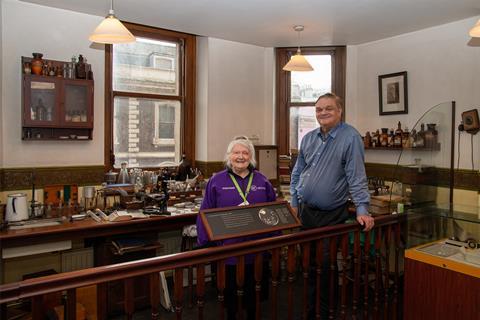
9. Heath Robinson Museum
Based in Pinner, the Heath Robinson Museum showcases the work of artist, illustrator and social commentator William Heath Robinson. The permanent Heath Robinson exhibition combines original artwork with books, photographs, film and digital media to tell the full story of Heath Robinson’s career.
The museum is open every day for pre-booked group, self-led visits, with tours available Monday to Wednesday. Curator talks can be booked for up to 45 people and last one hour.
To find out what’s new and for more ideas of things to do in London, visit groupleisureandtravel.com/london-group-visits-guide.

